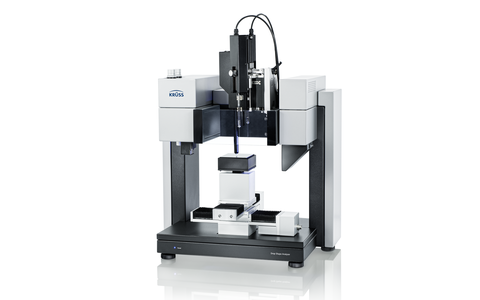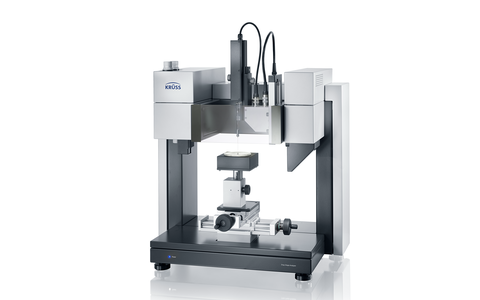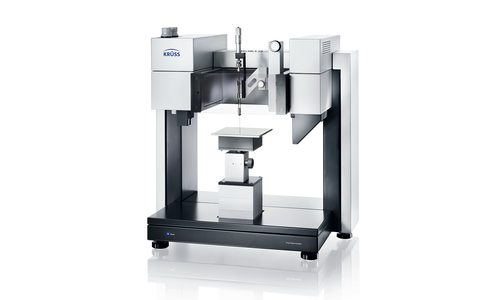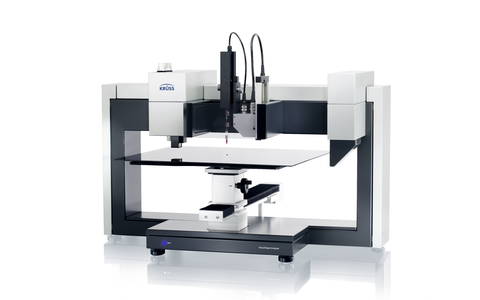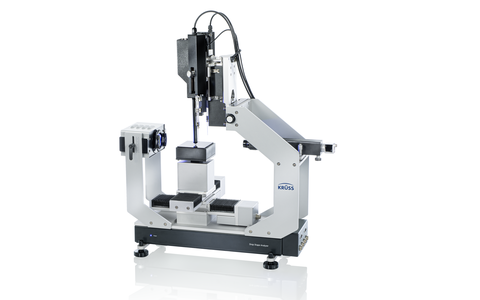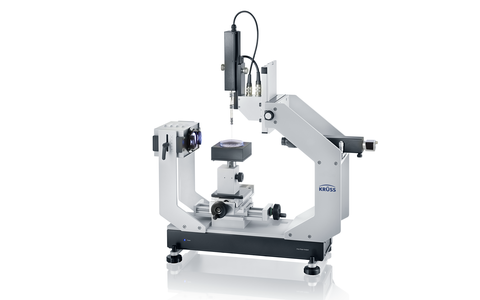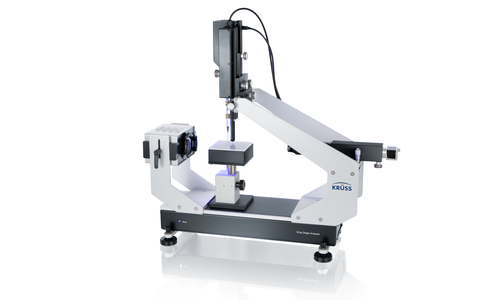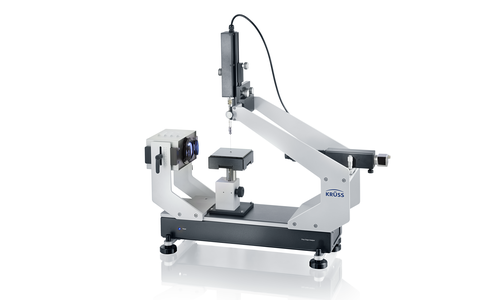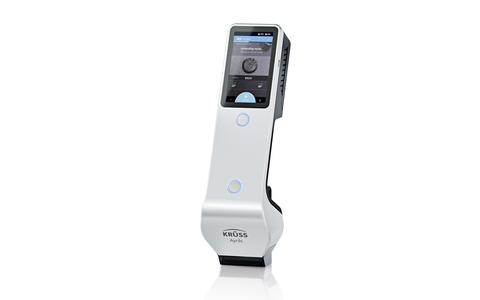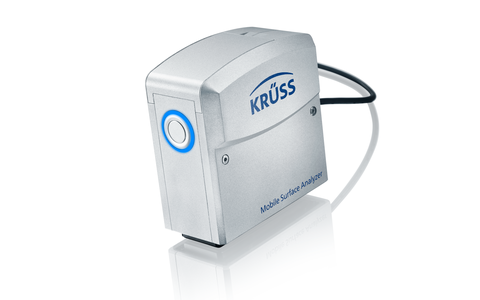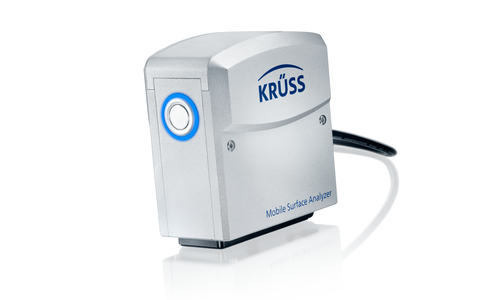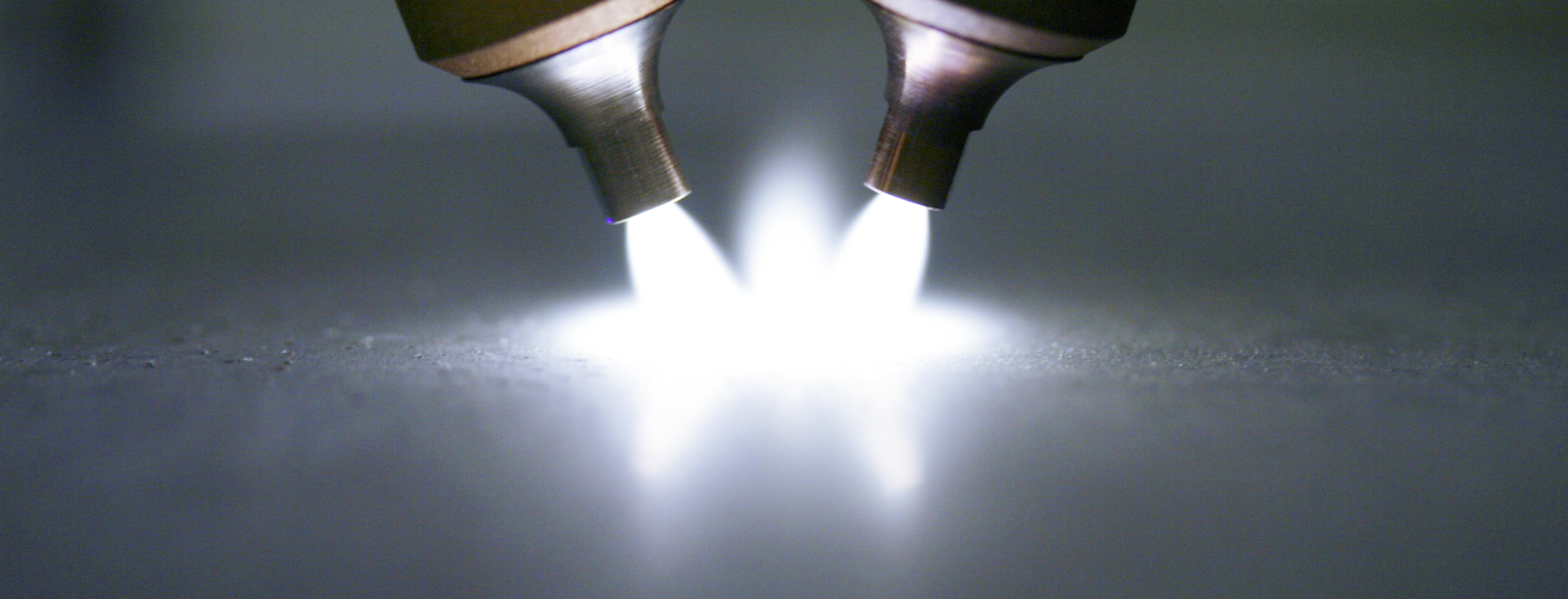
Polymer surface treatment
Contact angle measurements for determining wettability and adhesion
The use of water-based printing, adhesive and coating substances requires optimum pretreatment of hydrophobic plastic surfaces. Different methods, such as corona processes, flame treatment or plasma treatment and the chemical action of ozone or fluorine increase the surface free energy and therefore ensure improved wetting, initial adhesion and long-term stability.
Our drop shape analysis measuring instruments determine the contact angle as a measure of the wettability. The effect of the treatment on wetting and adhesion can be accurately determined and optimized for the contacting substances based on a characterization of the surface free energy.
Applications of plastic surface treatment
- Painting and other coatings
- Printing of plastic parts and films
- Bonding and sealing
- Increasing the biocompatibility of implants
Characterizing the wettability based on the contact angle
The high surface tension of water in contact with usually low-energy polymer surfaces leads to poor wetting. Pretreatment increases the surface free energy and therefore improves the wetting by water.
The difference in wetting before and after treatment can be measured by means of the contact angle using our drop shape analysis instruments. For quality assurance purposes, the contact angle can be non-destructively measured directly on site, and also for large samples, with the help of our mobile measuring equipment.
Determination of surface free energy
The surface free energy can be calculated from the contact angle with a number of liquids. Our measuring instruments with dosing units for up to eight liquids quantify the success of a pretreatment process in this way. Repeat measurements at longer time intervals allow the long-term effect of treatment to be estimated.
The surface free energy is increased particularly by embedding polar groups in the polymer surface. Splitting the surface free energy into a polar and a disperse part describes the exact degree of matching to polar, aqueous media.
Calculating the adhesion and the long-term stability
A complete interfacial chemical image of the contact between polymer and wetting substance is produced when the surface tension of the liquid is also characterized. The work of adhesion as a measure of the initial strength of a bond or coating and the interfacial tension as a destabilizing factor can then be calculated.
With the help of the pendant drop method, our instruments measure the surface tension without changing the test setup. The procedure for the overall characterization of coating substance and coated material has been defined in the norm DIN 55660.











